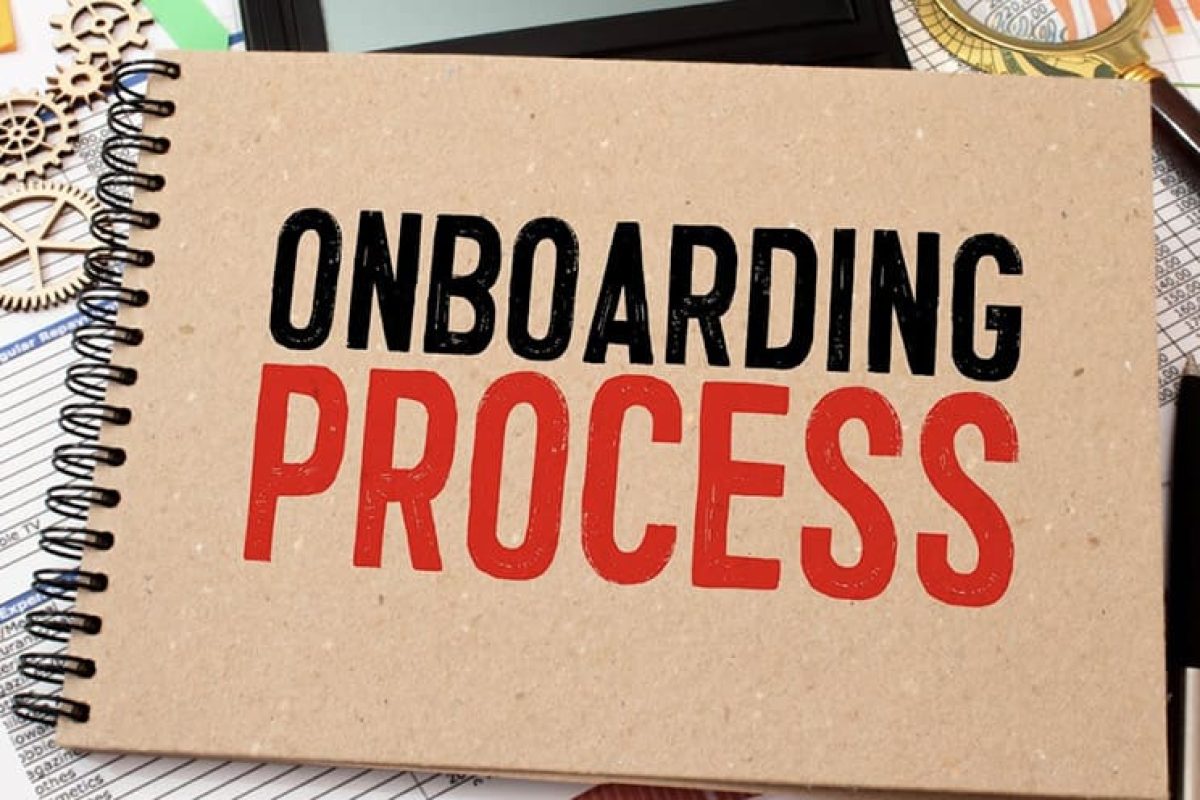As an employer expanding into Australia, it’s crucial to comply with local labor laws and prepare the right documentation for a smooth onboarding process. This guide outlines the key steps and documents required for onboarding employees in Australia.
Onboarding Process: Step-by-Step Explanation
Step 1: Job Offer and Acceptance 📩
Trigger: After selecting the candidate post-interview.
Action: Issue a formal job offer outlining key employment terms, including:
Job Title: [Position Title]
Compensation: AUD [Salary Amount], ensuring compliance with Australian minimum wage laws, which vary by state and currently average around AUD 21.38 per hour as of 2024.
Start Date: [Start Date], allowing for adequate time to complete notice periods and other onboarding processes.
Working Hours: Typically 38 hours per week, with clear conditions regarding overtime. Employees are entitled to at least 20 days of paid annual leave per year.
Outcome: Once the candidate accepts the offer, the onboarding process officially begins.
Step 2: Employment Contract 📝
When It’s Used: After job offer acceptance.
Action: Draft and sign a comprehensive employment contract that includes:
Job Duties: A detailed description of the role, responsibilities, and performance expectations.
Salary & Benefits: Clearly state salary, bonuses, allowances, and benefits such as superannuation contributions and any additional perks.
Termination Clauses & Notice Periods: Outline conditions for termination and the required notice period, typically one week to four weeks, depending on the length of service.
Probation Period: Generally lasts between 3 to 6 months, allowing for performance review.
Outcome: Both parties sign the contract, formalizing the employment relationship.
Step 3: Registration with the Australian Tax Office (ATO) 📄
Legal Requirement: Employers must register employees with the ATO for tax purposes.
Action:
Tax File Number (TFN): Ensure that employees provide their TFN to facilitate correct tax deductions.
PAYG Withholding: Employers need to set up the Pay As You Go (PAYG) withholding system to withhold tax from employee wages.
Outcome: Employees are registered with the ATO, ensuring compliance with tax regulations.
Step 4: Superannuation Setup 💳
Purpose: Ensure compliance with superannuation laws.
Action:
Superannuation Fund Registration: Employers must choose a superannuation fund for the employee or allow the employee to nominate their own.
Superannuation Contributions: Employers are required to contribute a minimum of 11% of the employee’s ordinary time earnings to the superannuation fund as of 2024.
Outcome: Employees have their superannuation set up, ensuring compliance with Australian retirement savings laws.
Step 5: Personal Identification Documents 🔍
Purpose: Confirm the employee’s identity and work eligibility.
Action: Collect necessary documents, such as:
ID Document: Australian citizens must provide their driver’s license or passport.
Work Visa (for foreign nationals): Ensure foreign employees have a valid work visa or residency status.
Outcome: The employee’s identity and work eligibility are verified.
Step 6: Employee Handbook Acknowledgment 📚
Purpose: Ensure the employee understands company policies and their rights.
Action: Provide an employee handbook covering:
Work Hours & Overtime: Specify the company’s work hours and overtime policies, adhering to the Fair Work Act.
Leave Policies: Detail annual leave, sick leave, and public holidays in accordance with the National Employment Standards.
Health & Safety Policies: Compliance with the Work Health and Safety Act.
Outcome: The employee acknowledges receipt of the handbook, ensuring awareness of company policies.
Step 7: Emergency Contact Information Form 🚑
Purpose: Ensure preparedness for emergencies.
Action: Request emergency contact details, including:
Name
Relationship
Phone Number
Outcome: Emergency contact information is securely recorded for quick access if needed.
Step 8: Bank Account Information Form 🏦
Purpose: For salary payments through direct deposit.
Action: Collect banking details, including:
Bank Name
Account Number
Outcome: The employee’s salary is deposited directly into their account, ensuring efficient payment processing.
Step 9: Non-Disclosure Agreement (NDA) 🔒
Purpose: Protect the employer’s confidential information.
Action: Have the employee sign an NDA outlining their obligations to maintain confidentiality regarding the company’s sensitive information.
Outcome: The employee agrees to protect the employer’s intellectual property and trade secrets.
Step 10: Work Visa (for Foreign Employees) 🌍
Purpose: Ensure legal work authorization for foreign employees.
Action: Assist foreign employees in obtaining the necessary work visa, such as the Temporary Skill Shortage (TSS) visa or other relevant work permits.
Outcome: The employee is legally authorized to work in Australia, avoiding compliance issues.
Conclusion: How GlobainePEO Can Help with Onboarding in Australia🌐
GlobainePEO specializes in managing all aspects of employee onboarding in Australia, from drafting compliant contracts to ensuring social security registration and legal work permits. Partnering with GlobainePEO ensures smooth onboarding while you focus on growing your business.

